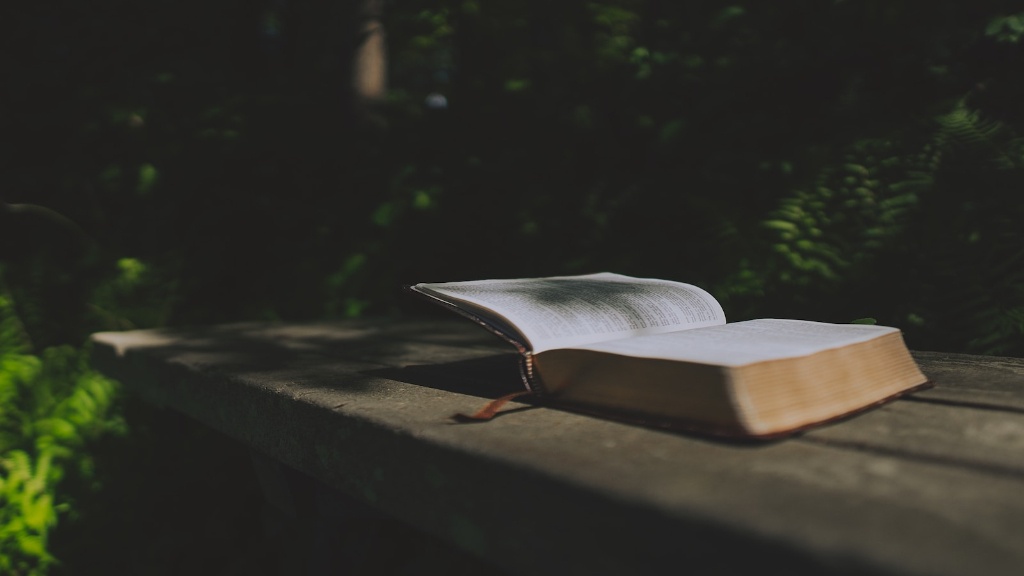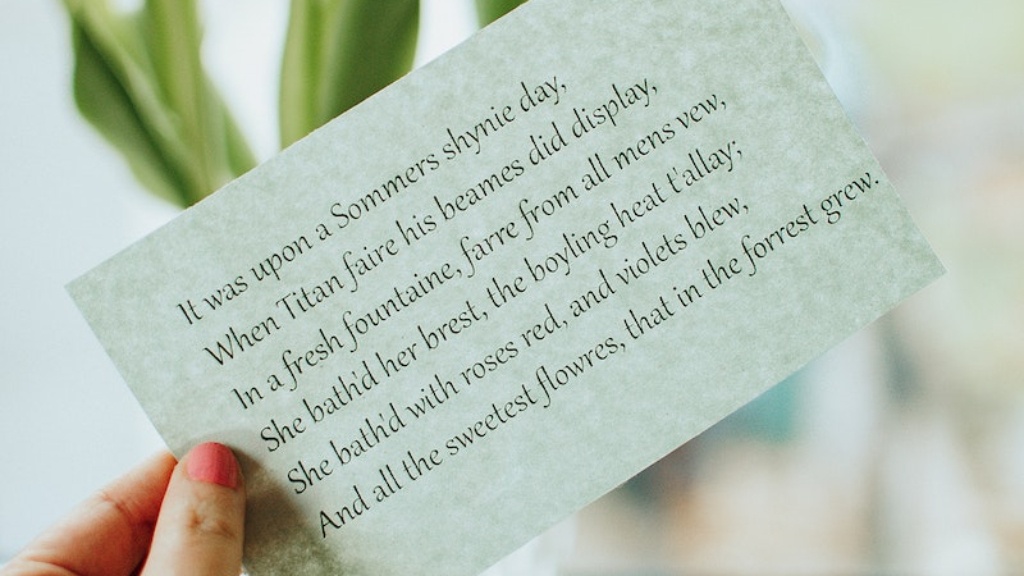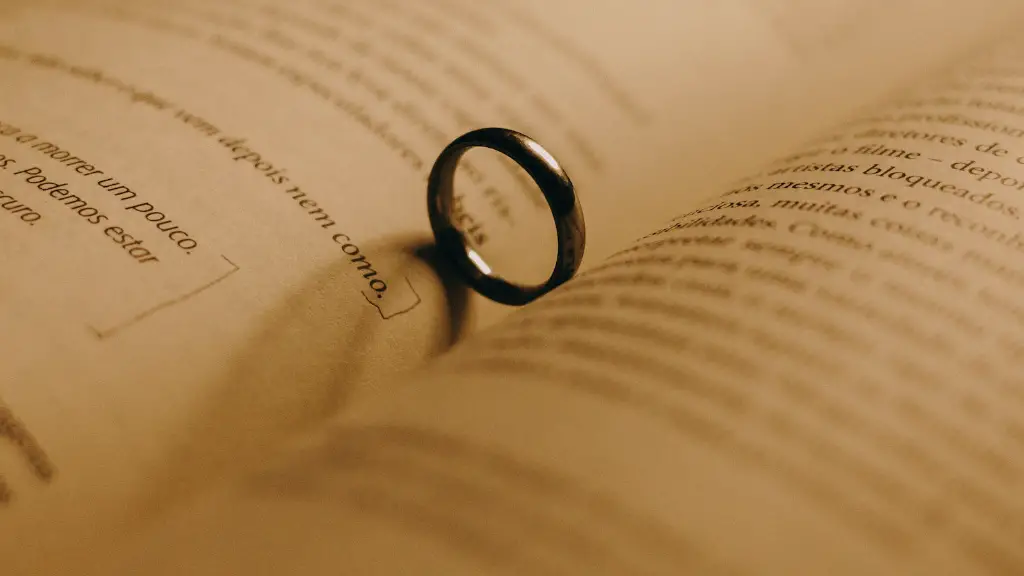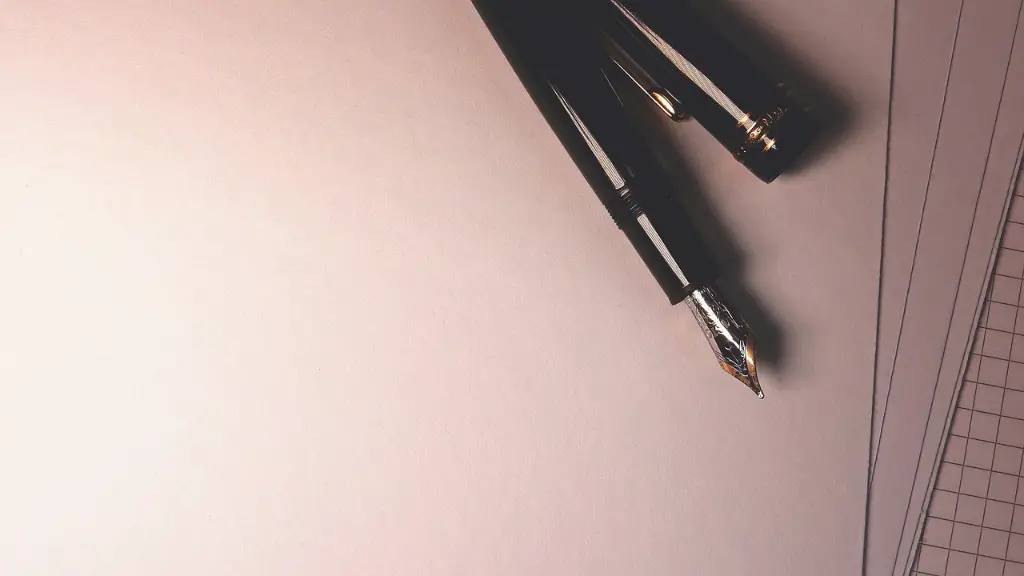Definition of a Sestet
The term ‘sestet’ is used to describe a six-line poem or stanza found in classical Italian poetry. It is an important poetic form in both music and literature. The structure of a sestet poem is often composed of two quatrains and two tercets, but there is also a sestet form where all six lines are connected. In either case, the sestet is defined by its number of lines and pattern of rhymes.
History of Sestets
The sestet is an evolution of the sonnet form. The sonnet was popularized by the Italian poet Petrarch during the 14th century. He wrote his sonnets in a strict rhyme scheme of abbaabba, which is how the sestet form developed. The sestet form was then used by other Italian poets to write their poems.
Traditional vs. Free Verse Sestet
The traditional sestet is written in iambic pentameter with 10 syllables per line and specific rhyming patterns. However, modern poets often turn to free verse when creating a sestet. It is no longer necessary to use meter, rhyme patterns, and other structural elements to create a compelling poem. Free verse sestets employ more creative elements such as imagery, metaphor, and alliteration.
Analyzing the Sestet Form
The sestet form is relatively short, and yet it can still contain an entire story or a whole range of emotions. In its most basic form, the sestet provides a line of development; a protagonist is introduced in the first four lines, and the conclusion is reached in the last two. This structure can be used to tell a complete story in a few words. On a deeper level, the sestet can offer insight or points of view that help a reader to gain a better understanding of poetry.
Role of Imagery in a Sestet
Imagery is a powerful tool in any poem. A poet can use imagery to evoke emotion, to explore complex topics and to draw a connection between the poem’s theme and the reader’s life. Imagery is especially important in a sestet, since there are only six lines to convey the poem’s message. By creating vivid mental images, poets can inspire an emotional and intellectual response in the reader.
Purpose of Sound Devices in a Sestet
The use of sound devices such as alliteration, rhyme, and repetition can provide an extra layer of meaning to a sestet. These devices can help to set a mood or to emphasize a particular point. They can also be used to create a musical quality, which can add power to a poem and make it even more memorable.
Importance of Line Breaks in a Sestet
The line breaks in a sestet, or any poem, play an important role in shaping the overall meaning of the poem. Line breaks can serve to emphasize certain words, alter the rhythm of a poem, or suggest a pause or shift in the narrative. The way in which the lines are broken will affect the reader’s experience of the poem and the emotional impact it has.
Use of Metaphor in a Sestet
The use of metaphor can add depth and complexity to a sestet. Metaphors can be used to establish a relationship between two distinct ideas, creating connections and allowing readers to experience the poem differently than they might have without them. They also introduce layers of meaning that can help readers gain insights into the poem and its theme.
Structural Considerations When Writing a Sestet
When writing a sestet, it is important to consider the structure of the poem as well as the content. Sestets are typically brief, so it is essential to choose words and images that will effectively communicate the poem’s message. Additionally, the sestet form itself has its own inherent qualities, which should be taken into consideration when crafting a poem.
The Role of Imagery and Symbolism in a Sestet
Imagery and symbolism can bring a poem to life, making it more meaningful and memorable. By using vivid images and metaphor, a poet can create a strong emotional response and lead the reader on a journey through the poem. When writing a sestet, it is important to consider how these elements can be used to enhance the poem’s overall impact.
The Significance of Rhythm in Writing a Sestet
The rhythm of a poem is an important quality that can help to make the poem memorable. When writing a sestet, it is important to consider how to create a rhythm that conveys the poem’s message. This can be done through meter, rhyme, and the sounds and cadences of the words. Rhyme and meter are particularly useful in adding depth and power to a sestet.
The Use of Language in Crafting a Sestet
The language used in a sestet can make all the difference in the poem’s success. Choosing the right words and phrasing can help to make the poem more powerful and memorable. This is particularly important given the limited space of a sestet poem. The poet must carefully select language that will convey the desired message with maximum impact.



